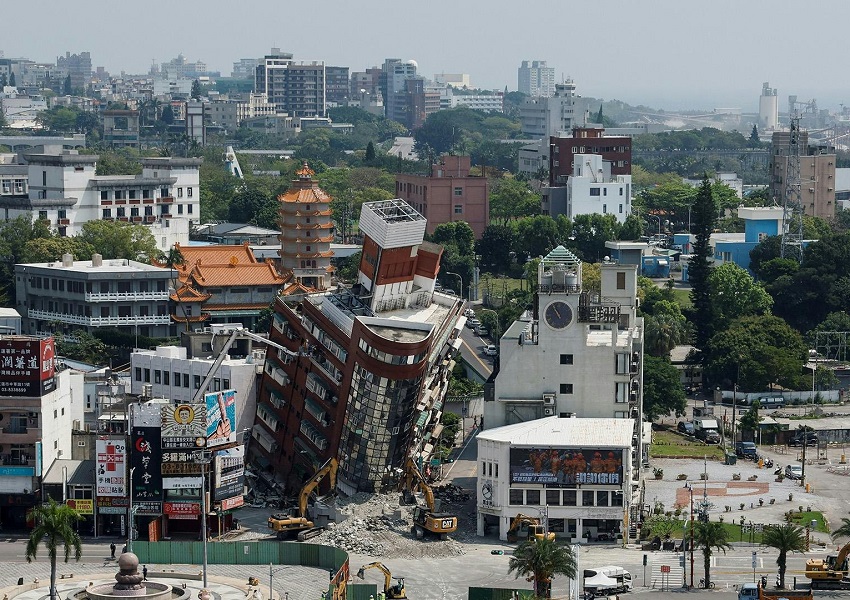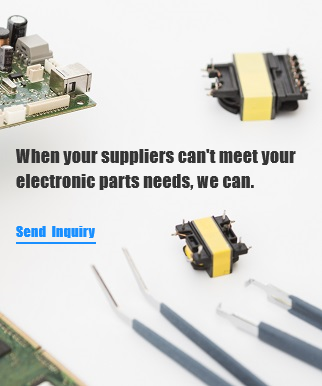Earthquake Impacts Semiconductor Manufacturers in Taiwan

Taiwan is central in end wafer production and backend assembly and testing processes, producing over 60% of the world’s semiconductors and 90% of advanced chips. As a key stakeholder in global semiconductor production, this event (Taiwan earthquake) will impact the electronic component supply chain, but the extent is still being assessed. Manufacturer’s foremost focus is confirming the safety of their personnel. In the short term, facilities with minimal damage that are deemed safe are expected to resume operations relatively quickly. However, a looming concern is the disruption to shipping and supply chain logistics, as this could extend lead times.
Manufacturers in the memory supply chain have taken immediate and proactive measures to address the disruption to manufacturing. Since this occurred at the start of the quarter, pricing for components was either in negotiation or recently updated. Many manufacturers have consequently paused their quotes while shipments are on hold. NAND supply is reportedly unaffected, but DRAM prices were already rising. DRAM spot prices are consequently expected to increase in the near future.
Qualcomm and Western Digital appear unaffected at this time. While Renesas has not made any announcements about the effect on its facilities, most of the company’s wafers come from Taiwan, so there may be a long-term impact.
The table below provides details on the impact on manufacturers with facilities in the area. This information will be updated as soon as additional market intelligence is available.
Impact
Analog Devices / Maxim
Both companies have end manufacturers located in Zhunan Miaoli but have yet to release a statement on the impact on operations.
AMD
While AMD is reportedly less affected by the earthquake, wafer foundry manufacturers evacuated to assess the facility's threat level.
Gemtek
The loss of power at Gemtek, a telecommunications supplier, may interrupt operations.
Micron has halted quotes as of April 3rd. The company has numerous plants in Taichung.
While HBM production lines are reportedly operational, the supply of GPUs and DDR6 may have been affected. However, DRAM is experiencing the most significant impact since production capacity is concentrated in Taiwan. In response, Micron has restarted quarterly price negotiations and will finalize costs after the company completes a thorough loss assessment.
In the past, costs have increased by 50% after unexpected disruption events, but it remains to be seen how the company will adjust costs alongside current demand trends.
NANYA
NANYA distributors are pausing quotes because production lines have been temporarily shut down for inspection. These lines are mainly for EUV processes, and production may take time to resume.
Realtek
Realtek has notified customers that the earthquake will delay delivery, and customers should brace for shortages.
Distributors anticipated Samsung costs would increase this quarter, with early market reports indicating that DRAM prices would increase by 40%. However, official pricing was not yet released when the earthquake hit, so Samsung is pausing price negotiations and shipments until further notice to assess the impact on supply and demand.
DDR5, RDIMM, DRAM, and SSDs are the most likely to see price adjustments. SSD production in the region has halted for the time being with no indication on how long this pause will last.
SK Hynix
SK Hynix has stopped quoting to assess the full impact of the event on their operations and market outlook. While suppliers do not have DRAM production in Taiwan, market reports indicate that GPU, HBM, and DDR6 supply could be affected.
Solidigm
S4520 prices may increase depending on the extent of the impact on Solidigm’s supply chain.
Taiwan Semiconductor Manufacturing Co. (TSMC)
TSMC’s foundry facilities in Hsinchu/Miaoli, Taichung, and Tianan have not released an official statement about the extent of the damage to production, but they are investigating.
However, early reports indicate that the company’s Hsinchu plant has paused production for at least 24 hours. The impact will likely be controllable, but if the IC production lines are affected, it will cause a ripple effect and impact Samsung Enterprise SSDs. Should these lines need to be repaired, returning to full capacity could take one to two weeks.
United Microelectronics Corporation (UMC)
Staff at UMC’s Hsinchu and Tainan plants were evacuated according to operational standards, and the on-site personnel are reportedly safe.
While the facilities appear largely unaffected, UMC shut them down to assess any possible damage. UMC engineers are working to restore machines to full capacity.
Winbond distributors are reportedly holding quotes until the impact evaluation is completed. The company has plants in Taichung and Kaohsiung. The impact on these facilities has not been confirmed.
















